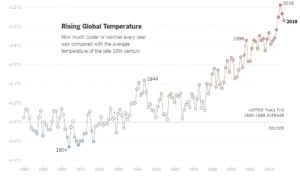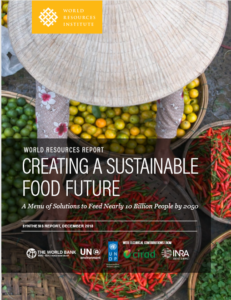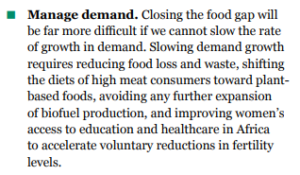Food Navigator on Vertical Farming
FoodNavigator.com has a collection of articles on Innovations in Vertical Farming, this time from an international perspective.
- ‘We are right at the starting gate’: Vertical farming could change the food system: Intelligent Growth Solutions (IGS) talks vertical farming, demand growth and its unique technological proposition. Read more
- Vertical farming: A sustainable solution to food insecurity? A growing population and urbanisation are expected to support growth of the vertical farming industry, new research suggests. Are vertical farms a sustainable solution? Read more
- Cloud tech tapped for urban greenhouses: ‘This is the return of small farms’: An urban farming business that develops modular, automated greenhouses for the city environment says it is looking to expand beyond Russia into EMEA markets. Read more
- ‘Revolutionising global horticulture’: Intelligent Growth Solutions on the nascent vertical farming market: Scottish food tech group Intelligent Growth Solutions (IGS) has opened its first demo indoor vertical farm in a bid to meet rapidly expanding demand for vertical farming solutions. Read more
- Changing times: Farm.One talks about the growing success of its Vertical Farm: Using LED lighting, hydroponics and climate control, Farm.One vertical farm in New York is growing in success to deliver year-round fresh plants and herbs to its customers. Read more
- Infarm reinventing food supply with vertical urban farms: German urban farming group Infarm aims to expand its network of urban farms to 1,000 locations throughout Europe by 2019. Read more
- Urban farming could reinvent supply chains: Urban farming has the potential to disrupt produce supply chains, bringing production to population centres. While the development of a large-scale urban farming industry is still in its infancy, new technologies and growing public backing mean that urban farms could help shape the future of food. Read more
- ‘Societal impact is at the heart of what we do’: Peas & Love on the disruptive potential of urban farms: Peas & Love is a start-up focused on re-connecting people with the food they eat through the development of urban farms. The group plans to open 150 more farms in European cities over the next five years. FoodNavigator speaks to founder Jean-Patrick Scheepers. Read more
- ‘We are right at the starting gate’: Vertical farming could change the food system: Intelligent Growth Solutions (IGS) talks vertical farming, demand growth and its unique technological proposition… Watch now

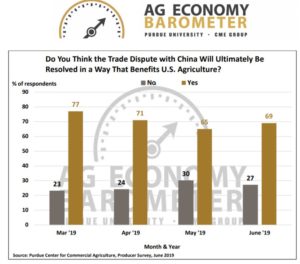

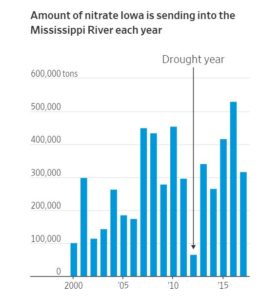
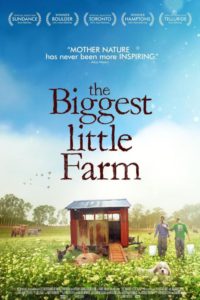
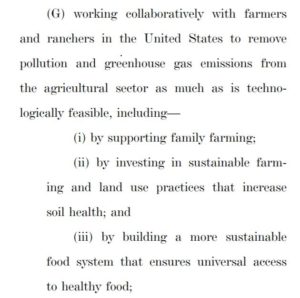 Why does this matter? Here, for example, is
Why does this matter? Here, for example, is 